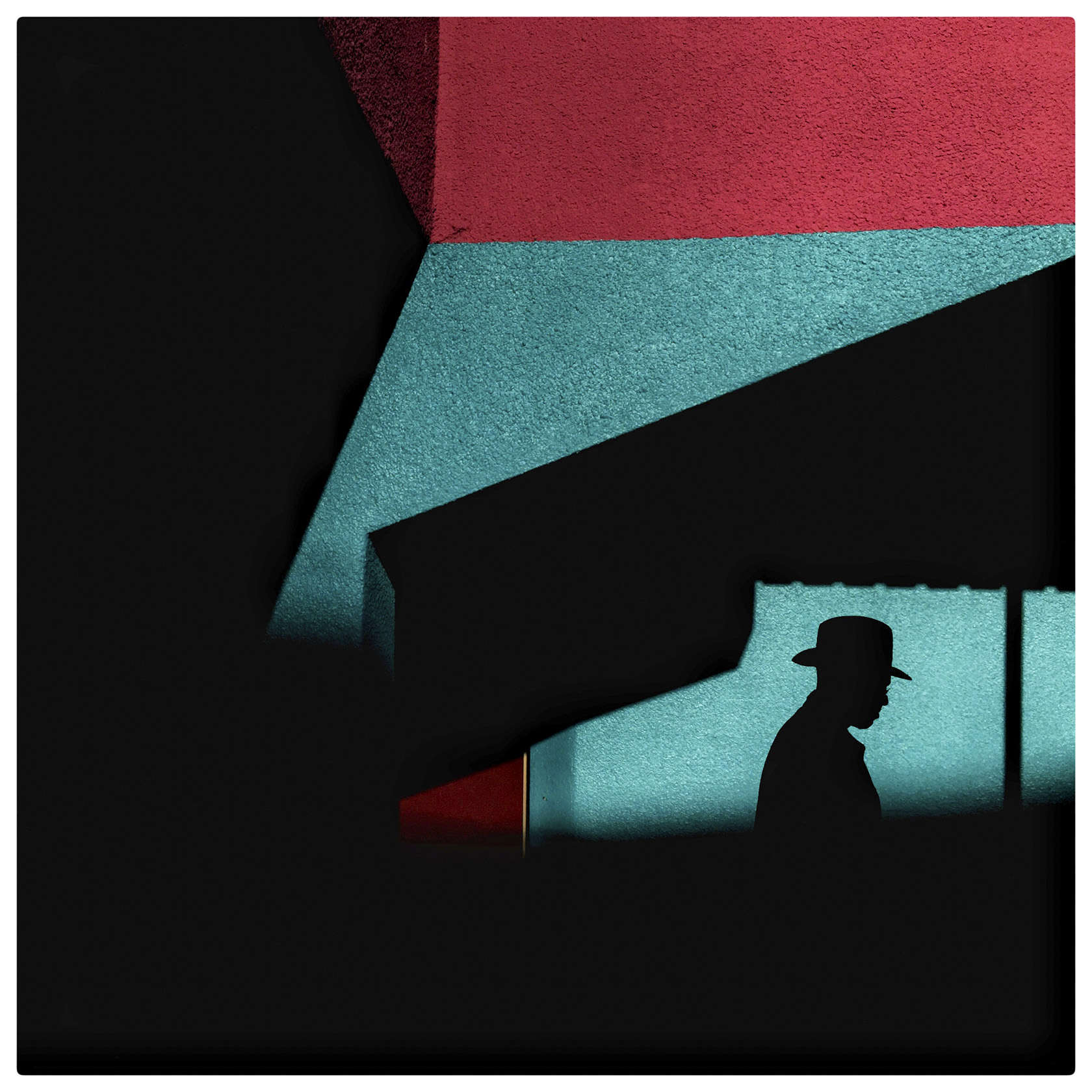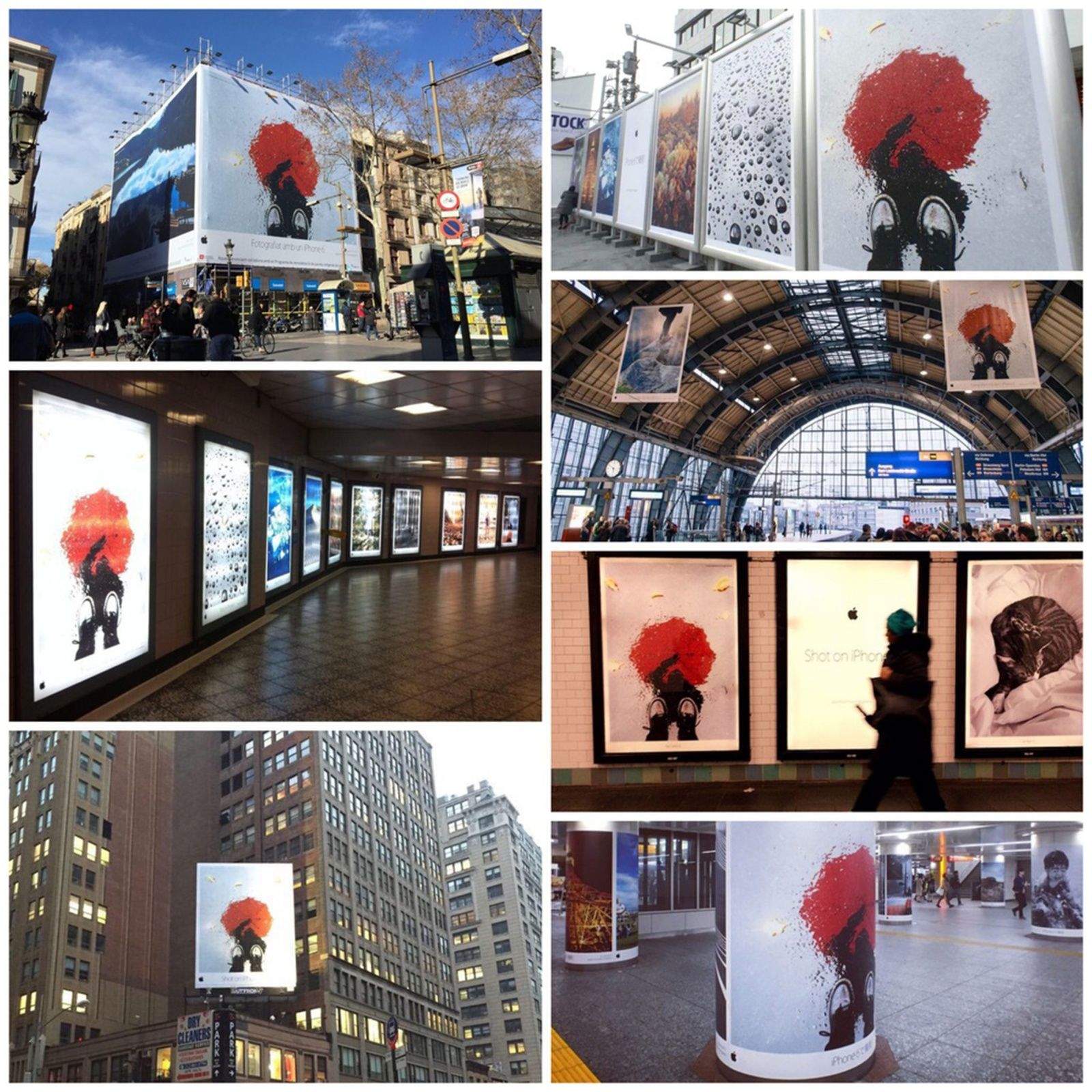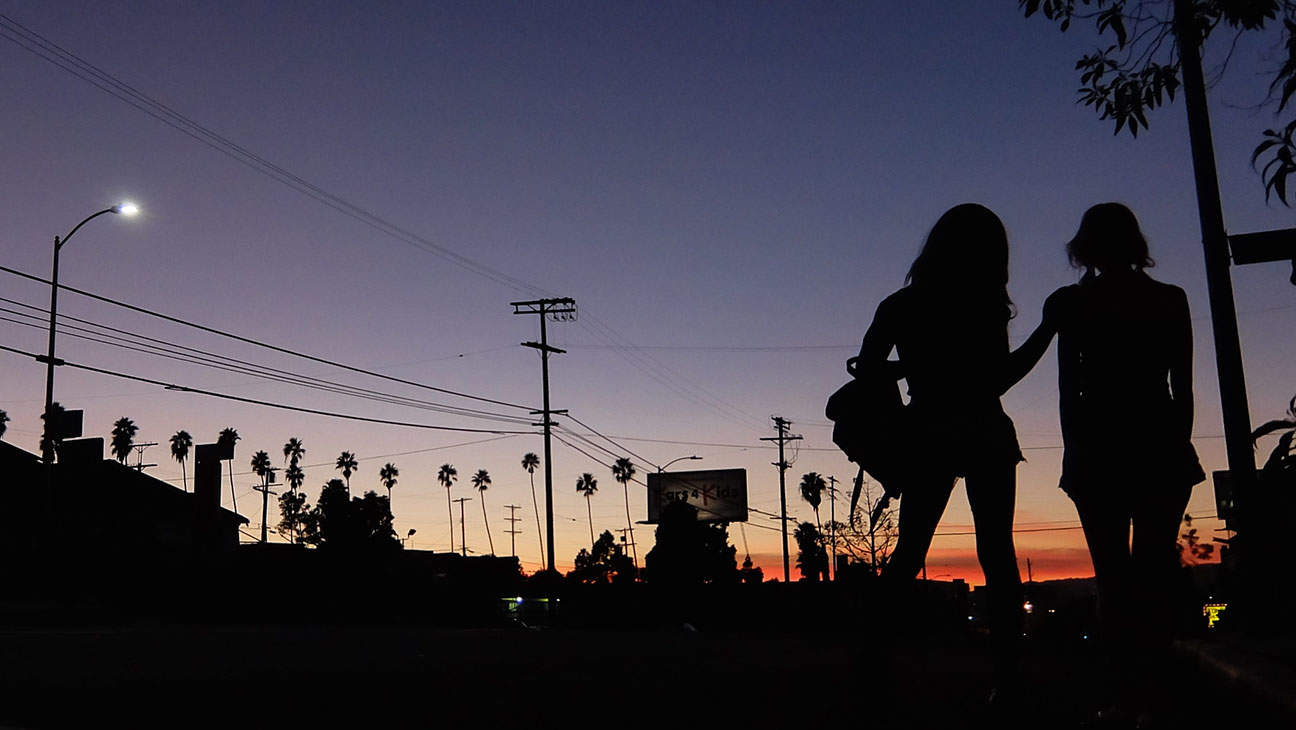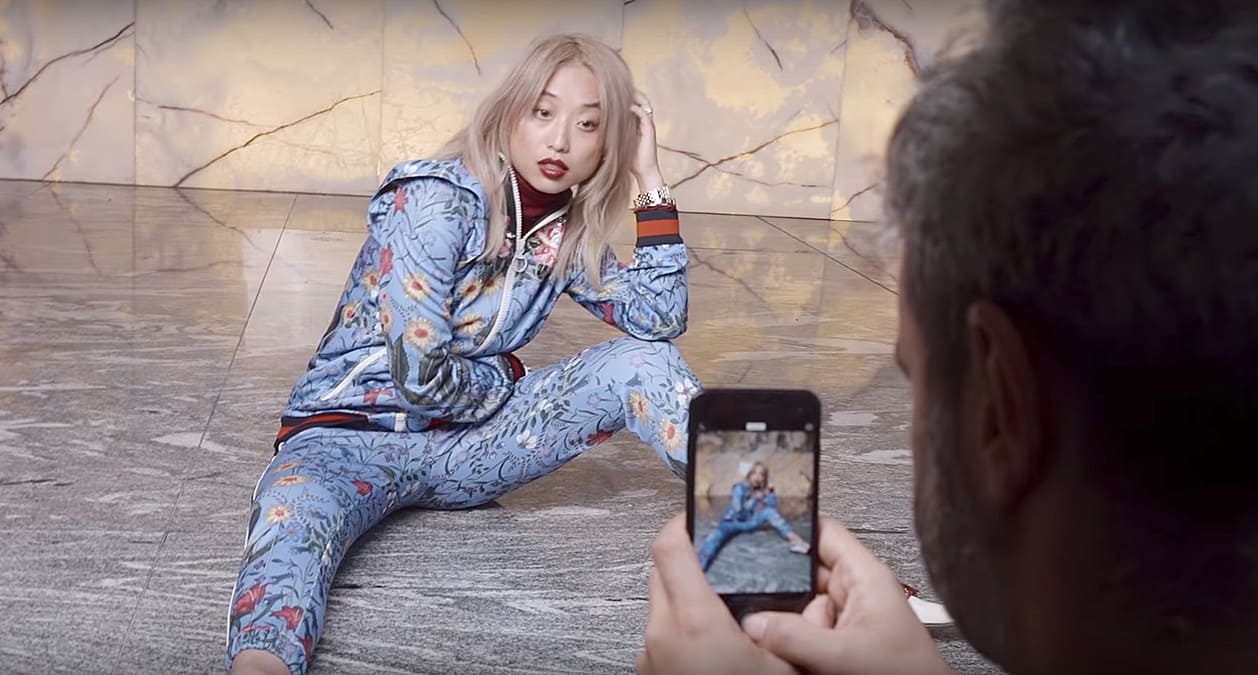 When Apple launched the iPhone in 2007, no one imagined that in 10 short years it would become the world’s most popular camera and herald a new era of visual communication.
When Apple launched the iPhone in 2007, no one imagined that in 10 short years it would become the world’s most popular camera and herald a new era of visual communication.
Yet we are witnessing the death of point-and-shoots, the explosion of massive social networks devoted to pics and videos, and the rise of perhaps the most popular photo style of all time — the selfie.
Just consider that we are expected to take 1 trillion pictures this year alone. That’s a million million photos.
Here’s a brief overview of some of the ways the iPhone was transformed photography forever.
Think about it. The iPhone means a camera is with you at all times. No need to worry about settings. The software does the heavy lifting while you need only delight in what you are looking at and capture it with the press of the virtual shutter button.
The result is instant and if a person wants to give a photo a professional patina, there are dozens of apps with pre-set filters and effects to enhance mood and color. Then almost in the same instant, you can share it with family and friends through social media.
Photography is now democratic and enjoyed virtually by everyone. A new genre of photography emerged — the selfie –and the world has churned out an obscene number. The selfie for some, like Kim Kardashian, elevated their brand and celebrity status.
We take pictures in our gardens, document the doings of our pets and record, for posterity, the well-plated meals at chic eateries. Being seen is now in our own hands.

Photo: Jim Merithew/Cult of Mac
To understand how truly revolutionary the iPhone has been to photography and surprisingly disruptive to the camera industry, just look at a couple of statistics.
- Camera sales, especially point-and-shoot models, have been in dramatic decline since 2011, yet the number of pictures made by people in a year have shot into the hundreds of billions and is expected to reach a one-year high of 1 trillion in 2017.
- In 2015, the iPhone surpassed DSLR cameras produced by legacy brands Nikon and Canon as the camera used most among the 120 million photographers who share photos on Flickr. It gained even more ground the next year.
- Instagram, the single most popular app for editing and instantly sharing photography, surpassed 600 million users in late 2016. Estimates say half use an iPhone (the other half are Android users with a range of handset brands).
- The Pew Research Center surveyed smartphone users and found 92 percent said the camera was the most used feature on their phones, more than calls, emails or internet browsing. The survey also showed 80 percent send the photo elsewhere when snapped.
“The most pervasively-used technology is first the mobile phone,” said Jason Farman, an associate professor at University of Maryland-College Park, who teaches courses on mobile media and digital culture.”They are more numerous than toilets and toothbrushes. When the iPhone first came out, it was very difficult to buy a mobile phone with a camera. Now every phone has a camera and everyone who has that camera can document the world. There are more cameras now than ever have been in the history of the world.
What set the iPhone apart is the integration of the App Store, Farman said. “The iPhone links the camera and its apps. You can now broadcast the photos in a way that gets them off the phone. Now all of our media is converging on one device.”
The earliest generations of iPhones didn’t get much notice in photography circles. The picture quality at 2 megapixels with a fixed-focus lens was serviceable for sharing, but not serious photography. Yet users seemed to overlook the camera limitations because of how fun it felt to shoot and share instantly. It was the new Polaroid, but better.
Apple continued to bolster camera features and develop software that solved challenges with lighting tonality and color reproduction. The camera on the iPhone 4s was a breakthrough that even impressed longtime photographers. A decent print could be made off an image made with a 4s and professionals began to inadvertently spread the word.

Photo: Richard Koci Hernandez
iPhone photos began to appear on gallery walls as fine art, on the front page of the New York Times as part of a war photographer’s combat reportage and on the pages of Sports Illustrated, which devoted several pages to a series of square photos of quirky, offbeat scenes from the iPhone of Brad Mangin, a professional sports photographer.
Professional photographers built followings on Instagram with iPhone-only work that elevated their brands and even made them celebrities. Some like Mangin and Richard Koci Hernandez produced beautiful coffee table books with the tiny lenses of their iPhones.
Mangin, one of the most respected professionals in sports photography, started getting well-paying gigs to shoot professional sports events with just his iPhone.
If the iPhone’s R & D team realized the potential for innovation surrounding the camera, so did marketing. In 2015, Apple launched an ambitious global advertising campaign that focused on the camera for the iPhone 6.
Apple combed social media sites looking for photos from everyday iPhone 6 users and paid for the rights to use the photos in advertising that conveyed the message that the iPhone is capable of producing great photography in anyone’s hands.

Photo: Courtesy of Cielo de la Paz
Even more stunning than the photos themselves was the fact these images from a tiny smartphone lens and sensor could be reproduced on giant billboards and banners.
It was an award-winning ad campaign known as “Shot on iPhone” and Apple hit highs in iPhone sales, which by then accounted for 70 percent of the company’s profits.
The iPhone 7 Plus, released in the fall of 2016, enjoyed brisk sales because of new low-light capabilities and a second, telephoto lens that offered an optical zoom. There was also a software change that allowed 7 Plus photographers to create the appearance of bokeh, a term for the out-of-focus part of the picture, usually the background, created by a shallow depth of field that makes the subject pop from an otherwise distracting scene.
Recently, fashion photographer Georges Antoni used the 7 Plus on Portrait mode to photograph fashion style influencer Margaret Zhange for this month’s Elle Australia cover story.
The iPhone camera also promises to disrupt video and to a smaller extent, already has. One television station in Switzerland set aside expensive cameras and parked the live truck, sending reporters in the field with an iPhone on a selfie stick, with which to record their own stand-ups and go live with a streaming app.
The film industry also is watching how the iPhone impacts filmmaking. There is a large community of mobile filmmakers, many of which can be found on Vimeo and YouTube. At the Sundance Film Festival in 2015, the film Tangerine got rave reviews because of the dialogue and artistry of the cinematography. The filmmakers used two iPhone 5s handsets and an inexpensive anamorphic lens attachment for a cinematic view. They also used a selection of apps to boost the frame rate and manipulate colors and contrast for the feel of motion picture film.

Photo: Magnolia Pictures
It is might be hard to imagine a smartphone replacing all the gear used by today’s professional photographers, but veteran photographer Marc Serota believes that day is today. Serota is a long-time Canon user who for years routinely patrolled football sidelines and sporting arenas with multiple camera bodies and long lenses.
Serota still uses special riggings to shoot with longer lenses from his Canon inventory, but his main rig is his iPhone.
“I was shooting the Olympics in Rio and I would hear things like, ‘I don’t talk on my camera, why should I take pictures with a phone?’ It’s incredibly short-sighted,” Serota told Cult of Mac. “The iPhone 7 with the twin lens and the portrait function … with a couple of apps and the hardware, it’s there 100 percent.”
https://youtu.be/rbFuSfe0-xQ


